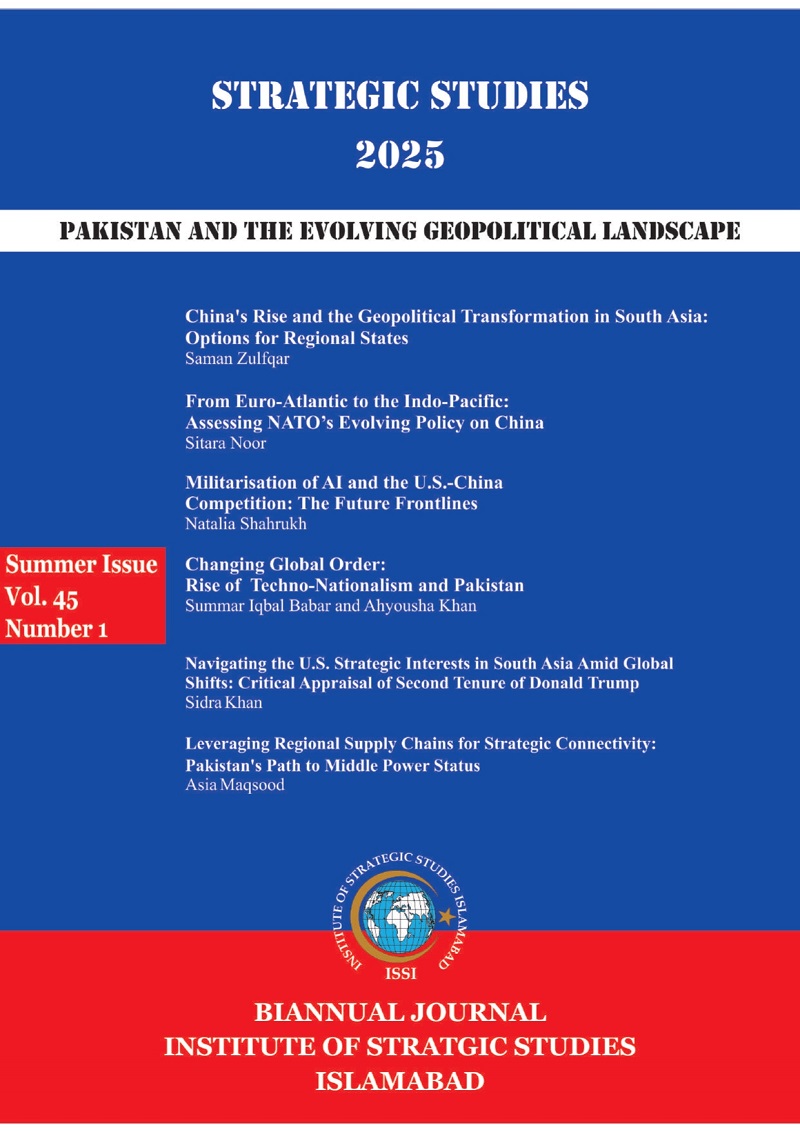Navigating the U.S. Strategic Interests in South Asia Amid Global Shifts: Critical Appraisal of Second Tenure of Donald Trump
Keywords:
Regional Security, Asia Pacific, South Asia, Pak-U.S. Relations, Transactional DiplomacyAbstract
Donald Trump’s re-election as the 47th President of the United States (U.S.) in January 2025 has reshaped the U.S. foreign policy in South Asia. This paper addresses two key research questions: i. How has Trump’s “America First” agenda redefined the U.S. engagement with India, Pakistan, and Afghanistan? ii. What strategic space has emerged for Pakistan within this evolving framework? Grounded in realist theory and strategic pragmatism, the paper analyses how shifting alliances reflect transactional, interest-based diplomacy. In early 2025, the U.S. reinforced defence and trade ties with India through expanded military exercises and the revival of the “Mission 500” economic roadmap. Yet, Pakistan’s position also evolved. Trump publicly praised Pakistan’s counterterrorism cooperation and engaged directly during the March 2025 India-Pakistan border crisis, crediting Islamabad’s willingness to allow international scrutiny — a move that elevated Pakistan’s credibility without undermining U.S.-India ties. These developments suggest a calibrated dual-track approach: affirming India as a strategic counterweight to China, while recognising Pakistan’s utility in regional stability and crisis management. Afghanistan, meanwhile, remains excluded from the U.S. strategic priorities, with continued non-recognition of the Taliban regime. This paper argues that Trump’s second-term South Asia policy reflects selective and transactional engagement with implications for regional power balances.

Published
How to Cite
Issue
Section
Copyright (c) 2025 Strategic Studies

This work is licensed under a Creative Commons Attribution-NonCommercial 4.0 International License.



